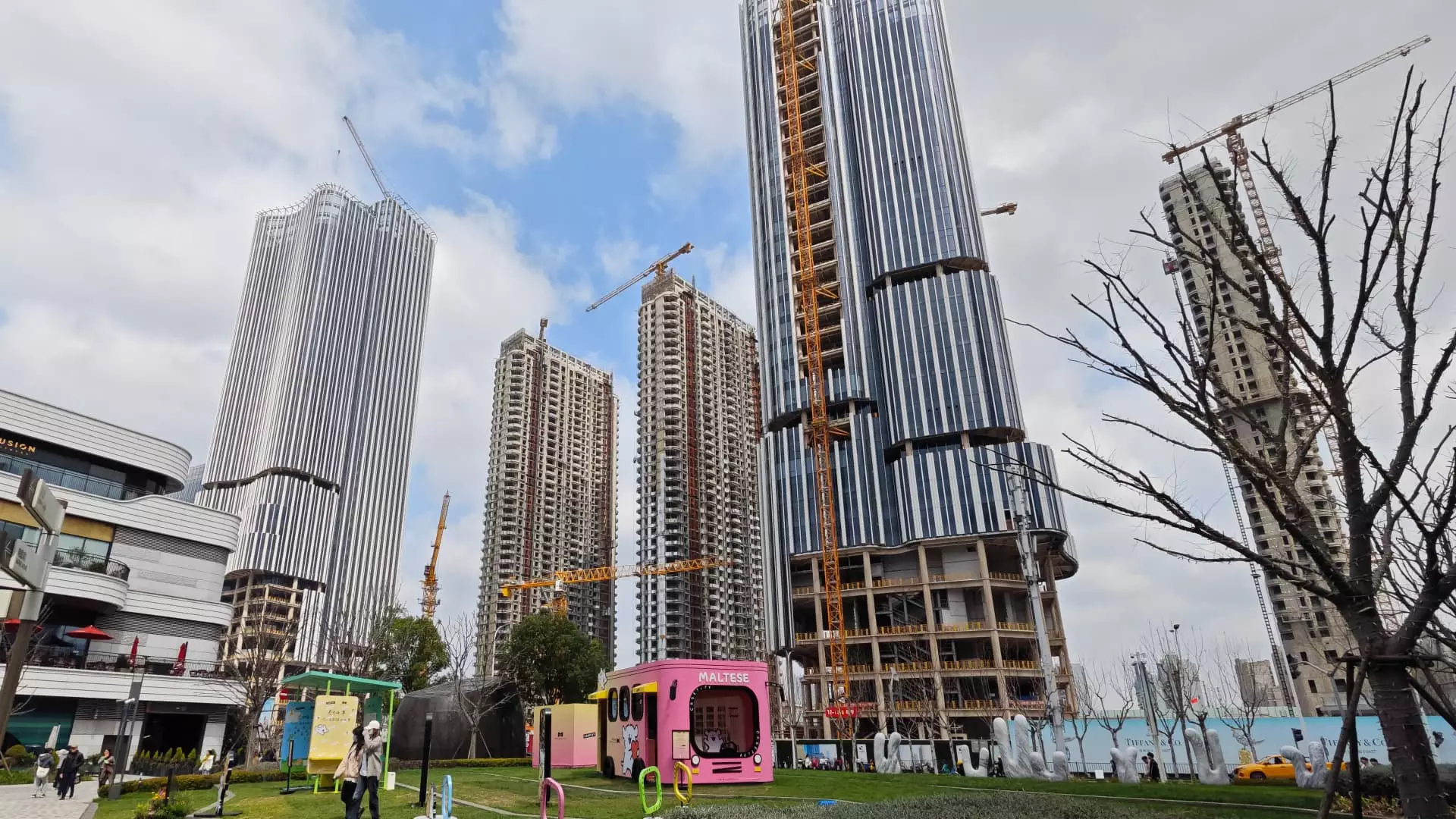China’s economic figures for the first two months of the year exceeded expectations, signaling positive growth in various sectors. Retail sales increased by 5.5%, industrial production rose by 7%, and fixed asset investment grew by 4.2%, all surpassing analyst forecasts. Despite these positive developments, the unemployment rate in cities stood at 5.3%, highlighting underlying challenges within the labor market. Online retail sales of physical goods also saw a significant uptick of 14.4% year-over-year during this period.
Goldman Sachs analysts emphasized the solid growth momentum in China’s economy during the first quarter, albeit with variations across sectors. They noted the necessity of additional policy easing to achieve the ambitious growth target of around 5% for the year. However, National Bureau of Statistics Spokesperson Liu Aihua cautioned that domestic demand remains insufficient, particularly in the real estate sector. She emphasized the need for further policy support to facilitate the country’s economic recovery and transformation.
Challenges in Consumer Spending and Monetary Policy
Despite the positive economic indicators, retail sales did not see a robust rebound post-pandemic, as consumers expressed concerns about future income stability. Oxford Economics’ Chief Economist Louise Loo highlighted the lack of consumption-related stimulus as a potential obstacle to sustained consumer spending growth. Additionally, new loans in February fell short of expectations, prompting discussions about the necessity of continued monetary policy easing.
Real Estate Sector and Policy Considerations
The real estate sector in China has faced challenges in recent years, particularly due to Beijing’s crackdown on debt-driven growth among developers. Property prices in major cities experienced a decline in February, reflecting ongoing weaknesses in the housing market. Despite calls for support from industry experts, Chinese authorities did not announce significant measures to bolster the real estate sector during a recent parliamentary meeting. Instead, the government emphasized efforts to prioritize manufacturing and technological advancements.
Amid discussions about overcapacity concerns, Chinese officials highlighted efforts to enhance the high-end manufacturing sector while curbing inefficient investments. The capacity utilization rate in manufacturing showed a slight increase, signaling progress towards high-quality development. On the export front, China exceeded expectations with a 7.1% increase in exports for January and February, outperforming forecasts. Imports also saw growth during this period, underscoring the country’s resilience in global trade.
China’s economic data for the early part of the year showcased positive trends in various sectors, despite lingering challenges such as insufficient domestic demand and uncertainties in consumer spending. The real estate sector remains a key area of concern, with ongoing efforts needed to stabilize property prices and support market recovery. As policymakers navigate these challenges, a balanced approach to monetary policy and targeted interventions in critical sectors will be vital to sustaining China’s economic growth trajectory.

